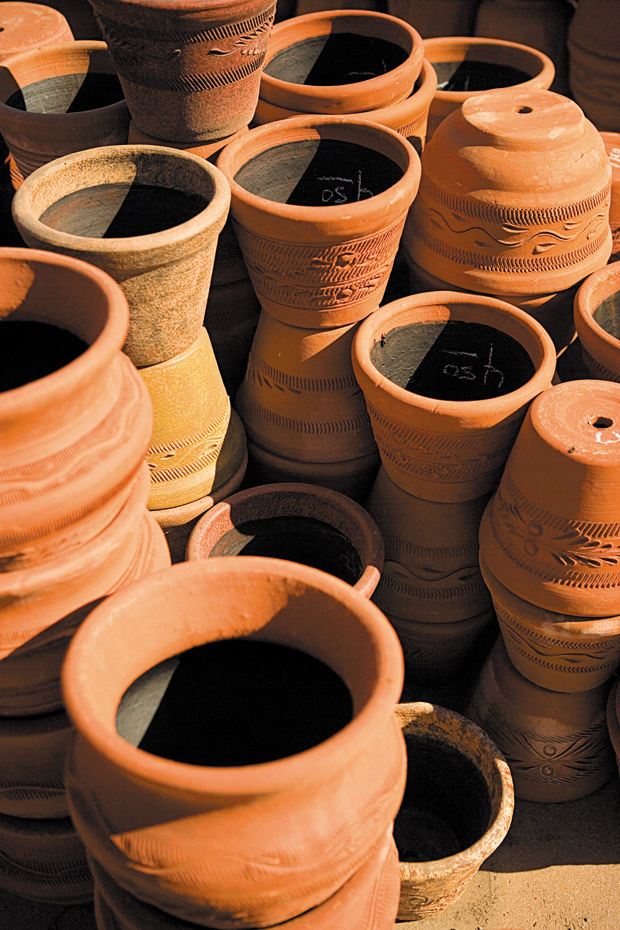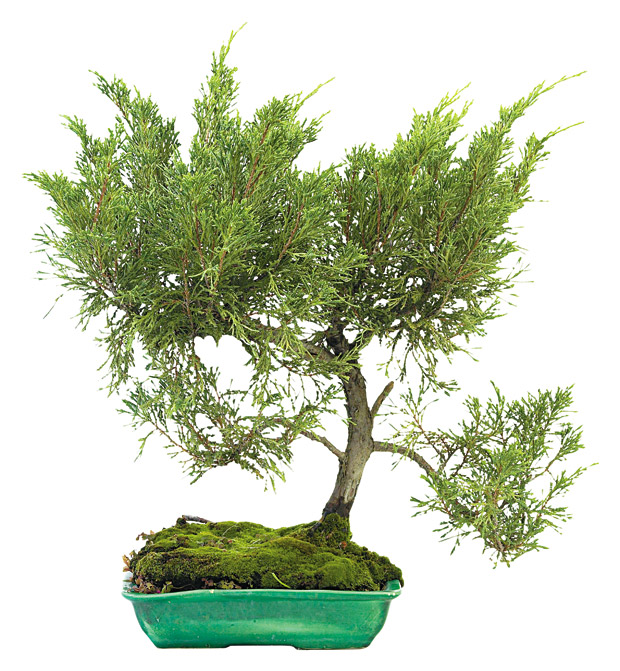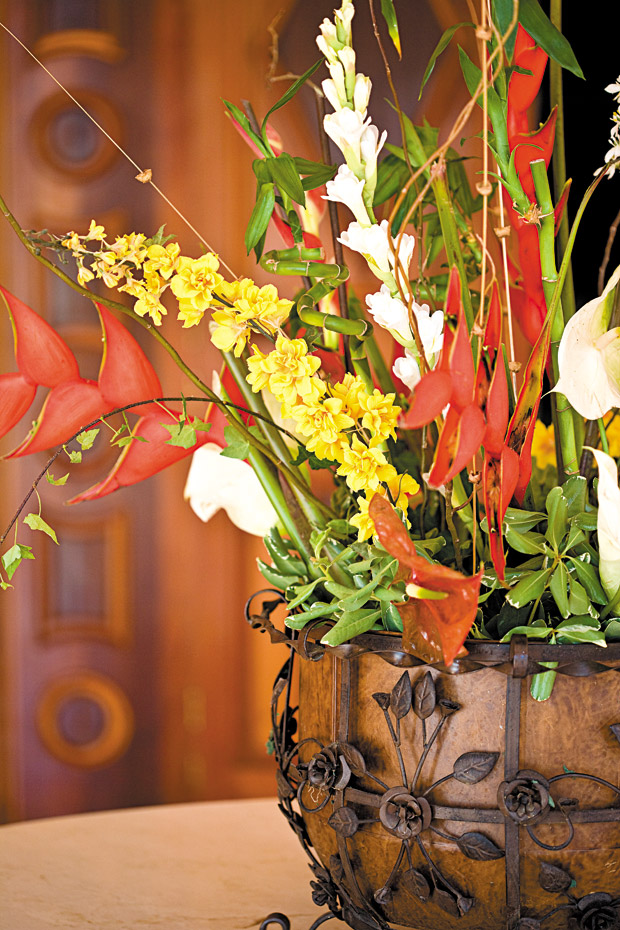When my husband, Scott, was growing up, he spent much of his weekends and after-school days working on the landscaping with his dad and brothers. Mowing the lawn, digging in the dirt, and trimming trees and foliage became a passion for him.
It’s no wonder then, that Scott’s biggest excitement for our new home was the yard. We now have enough space that he can get to work and really make it his own. One of his first projects: Adding more plants.
Our friends graciously offered some of their plants to us for transplanting. Scott has added heliconia, monstera and taro to start. He’s also planning to add some edibles like bananas and calamansi. So far, the job has been easy, and the plants are doing well. If you want to transplant some plants of your own, consider some of these tips that Heidi Bornhorst and Fred Rauch, at the College of Tropical Agriculture and Human Resources at the University of Hawaii at Manoa, offer in a piece they did on native Hawaiian plants for landscaping, conservation and reforestation:
•Size it up. When transferring, use a pot that is one size bigger than the plants’ existing pot. At the same time, do not use a pot that is too large. Doing so can compromise the plant because it may not be able to take up enough water in the soil, according to Bornhorst and Rauch. Another tip: go just as deep as the plant was in the previous location.
•Mix it up. If you are keeping the plant in the pot, mix peat moss and perlite in a 1-to-1 ratio. If you plan to put it back in the ground, add soil to the mix of peat moss and perlite in equal parts. If you can, use soil from the plant’s fi nal destination.
•Fertilize. Bornhorst and Rauch recommend adding slow-release fertilizer to your potting medium. Pre-wet your mixture and prep your pot. Add it to the bottom and then place your plant on top at the correct depth. They recommend leaving half an inch to 1 inch at the top of the pot so the plant can get enough water. As soon as you transfer, water the plant.
•Keep it comfortable. Assess the previous location of the plant, and give it the same type of environment. If you happened to break off some roots during the transfer, Bornhorst and Rauch recommend trimming off some leaves to compensate for the lost roots.
Have a comment or question for Joanne? Email thefixisin@gmail.com.


